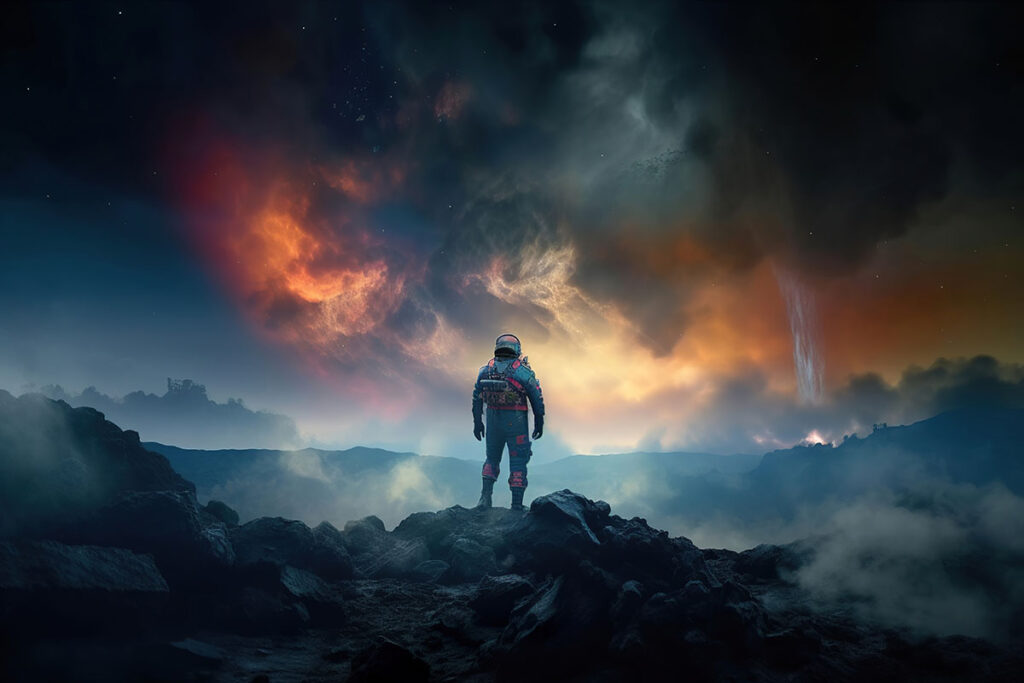In the dynamic realm of web design and development, the evolution from arduous, hard-coded methods to user-centric design and innovation stands as a testament to our industry’s continual pursuit of improvement and efficiency. My own journey mirrors this evolution—spanning over 15 years of hands-on experience in web design, UX/UI development, and, not least, wildlife photography, which has imbued me with a unique perspective on aesthetics and user engagement.
The Hard-Won Insights of a Dedicated Creator
Having navigated the intricacies of CSS, HTML, and various design tools like Photoshop, Adobe Illustrator, and Figma, I’ve witnessed firsthand the transformation of web design from a labor-intensive process to one that is increasingly automated and focused on the user’s experience. The early days demanded not just technical proficiency but a stubborn tenacity to do everything—the hard way.
My foray into wildlife photography, paralleling my design career, underscored the importance of delivering content that captivates and resonates. With a substantial following on social platforms and recognition in international photography forums, I understood the power of visual storytelling—a skill just as crucial in the wild as it is in the digital sphere of user interface design.
The Journey Toward User-Centric Design
The transition back to web design, after a brief detour into the wild, felt like returning home with newly honed instincts. It was clear to me that the essence of design, much like photography, revolves around capturing the viewer’s attention and guiding them through a seamless, engaging experience. However, a significant barrier stood in the way of realizing this vision to its fullest—the sheer volume of manual tasks required to bring a design to life.
This barrier isn’t merely a hurdle for designers; it represents a broader issue akin to the systemic challenges faced by society, where resistance to change or inclusion impedes progress. The reluctance of some to adopt a user-centered design philosophy mirrors historical resistances, with profound consequences for our industry’s ability to innovate and truly meet user needs.
The AI Revolution in Web Design
The advent of AI technologies like GPT-3 and other smart design tools has been nothing short of revolutionary for me and many others in our field. These tools have acted as a multiplier for my capabilities, automating the “grunt work” and freeing up time and mental space to focus on enhancing the user experience.
Leveraging AI, I’ve transitioned from a conventional designer to a 10x web designer, capable of delivering more complex, nuanced, and user-focused designs than ever before. This isn’t just about efficiency; it’s about elevating our work to a level of strategic impact and user satisfaction that was previously unattainable when bogged down by the minutiae of manual coding and tweaking.
The Case for AI Adoption in Design
The message is clear: AI isn’t just an optional tool; it’s becoming integral to staying competitive and innovative in the web design and UX/UI landscape. Its ability to transform designers into powerhouses of creativity and efficiency is undeniable. Those hesitant to adopt AI in their workflows will find themselves at a distinct disadvantage, as the rest of us harness these technologies to push boundaries and redefine what’s possible in user experience design.
A Vision for the Future
The evolution from hard coding to AI-assisted design marks a significant milestone in our industry’s history. It embodies a shift towards a future where designers can devote their energies to what truly matters—creating meaningful, engaging user experiences that not only meet but exceed user expectations.
This is a call to action for my fellow designers, developers, and digital marketers: to leverage AI not as a replacement for our creativity but as a catalyst to elevate it. Together, harnessing these powerful tools, we can build digital landscapes that are not only functionally superior but also more inclusive, intuitive, and inspiring for users everywhere.
The road ahead is promising, filled with potential for innovation and growth. Join me in this exciting chapter of design evolution, where technology empowers us to turn our vision into reality, transforming challenges into opportunities for creative expression and user-centric innovation.



No Comments yet!